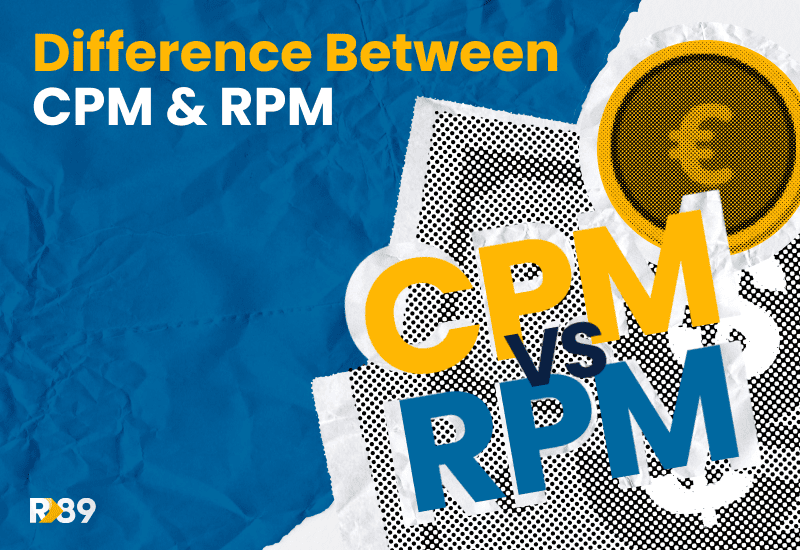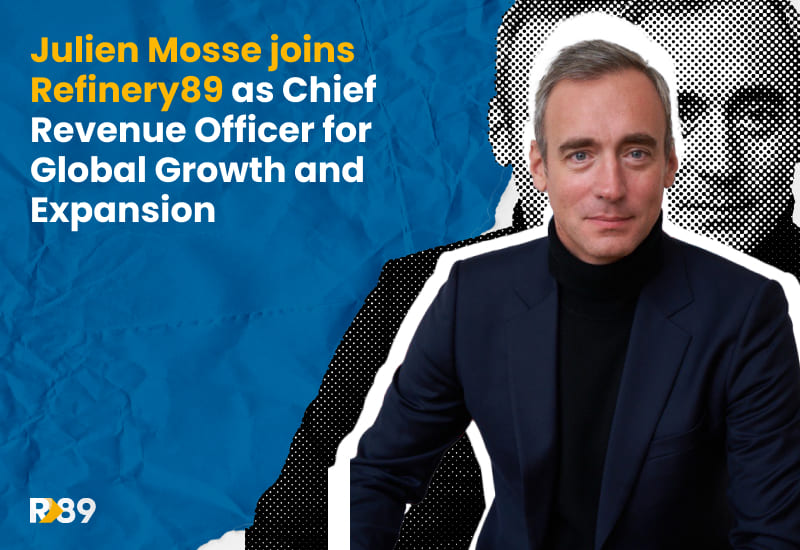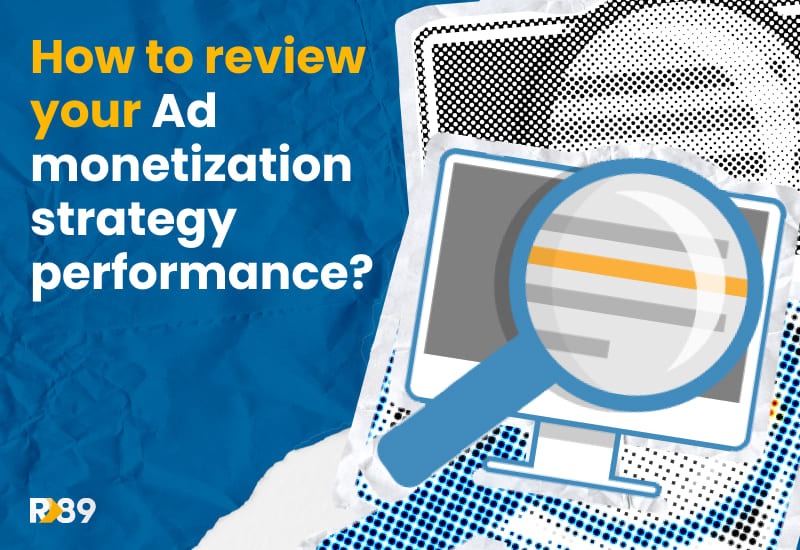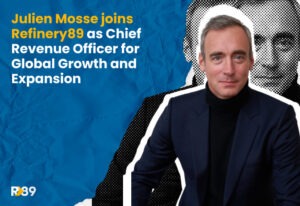CPM vs RPM. If you have been in the programmatic advertising industry for at least 2 seconds you’ve probably heard about these terms. So what’s all the fuss about? CPM and RPM are valuable metrics every publisher needs to know by heart. They are two of the statics to track if you care about your website’s revenue.
Let’s see. CPM is the amount advertisers pay you per one thousand ad impressions. RPM is the estimation of the earnings you get per one thousand monetizable page views. We’re gonna go over each one and put them very nice and clear, so you can get that optimized ad strategy running! 🏃🏻
What is CPM?
CPM aka Cost per Mille is a metric that shows you how much an advertiser pays per one thousand impressions. For publishers, it is a useful insight to understand the worth of their sites when it comes to setting a price for an ad unit.
This metric fluctuates a lot. Same as the seasons change, so does CPM. For example, CPMs rise through the roof during Black Friday and Christmas season because advertisers are spending more money and they are all competing to get the best ad spaces in the market. Then January comes and CPMs drop down like a parachuter. What can you do, then? Plan your strategy based on seasonality of the CPMs and you are good to continue with your Publisher life.
Beware of one thing. Be careful not to confuse CPM with vCPM. vCPM stands for Viewable Cost per Mille. It is used to measure the amount of people who actually views an ad, taking into account viewability. CPM on a regular basis doesn’t take into account the quality of the ad impressions while vCPM only measures the ones that are considered viewable.
Now that that’s out of the way, let’s see the magic formula for calculating CPM! 🪄
How to calculate CPM?
CPM = (Total Revenue ÷ Total Impressions) x 1000
Imagine an advertiser spends 200€ on an ad and it gets 100,000 impressions. What’s the CPM then? Let’s pull out the formula.
Total Cost: 200€
Impressions: 100,000
CPM = (200 ÷ 100,000) x 1000
CPM = 2€
This means the advertiser paid 2€ for every 1000 impressions of their ad. That simple.
Pro tip: If you are not vibing with having to do all this math to find out your CPM, have a look at the Refinery89 Dashboard. You can get this metric in a snap of a finger. Same as with your RPM.😉
Why should Publishers care about CPM?
CPM is a metric that advertisers can benefit a bit more from since they use it to decide the price for their ad campaign. That doesn’t mean that you as a Publisher should just swipe left on it completely. In your case, you can use this metric together with your number of impressions as reference to set the prices for your ad units.
Know your worth. CPM serves as a start point for Publishers to make a comparison of the cost their displayed ads will have across different ad formats, AdTech partners, and ad networks. This also comes extremely handy when it’s time to make decisions to shape your ad strategy.
What is RPM?
RPM aka Revenue per Mille, otherwise also called page RPM, is the estimated earnings of a webpage for every 1000 monetizable page views it receives. Monetizable pages in this case are the pages with ads on them to fill.
Let’s cut to the chase. Unlike CPM, where you can only calculate the amount you’ll earn for 1000 impressions in an ad unit, with RPM you get the total revenue for 1000 impressions on the ads of your entire website.
RPM is a very robust metric as it takes into account the adunit CPM, numbers of ads on a page, and their fillrate.
Oki doki? Now…to the formula!
How to calculate RPM?
RPM = (Total Revenue ÷ Monetizable Page views) x 1000
Let us explain it with an example: Last month you made a total revenue of 3000€ from the ads on your website and you had 500,000 impressions on your monetizable pages.
Total Revenue = 3000€
Monetizable Page views = 500,000
RPM = (3,000 ÷ 500,000) x 1 000
RPM = 6€
This means you get 6€ for every 1000 monetizable page views. Wasn´t that easy? And to make it even less complicated you can always check this metric already calculated for you on the Refinery89 Dashboard 😉
Why should publishers care about RPM?
RPM is super important for publishers because it helps identify which ad placements, ad formats, or types of content are the most profitable. It serves as well to adjust the content strategies accordingly to increase engagement and viewability of the ads. Also, it allows you to understand your ad inventories worth and make decisions based on it.
Which metric should publishers focus on: CPM or RPM?
It’s very common, especially during negotiations, for people to speak in terms of CPM. A guaranteed CPM is a fixed payment per thousand impressions, but it doesn’t ensure that you will receive that revenue in full unless you get a 100% fill rate (which is extremely rare).
RPM, on the other hand, is a more nuanced metric that not only considers the CPM, but also factors like fill rate, viewability, and monetized impressions to determine your total revenue per thousand impressions.
See for yourself with an example:
Let’s say you set a $2.00 CPM floor price (the minimum auction price for your ad spaces).
- If your fill rate is only 50%, your effective RPM drops to $1.00.
- If your fill rate is 90%, your effective RPM is $1.80.
In short, RPM is the metric that you, as a publisher, should focus on if your main goal is to maximize your ad monetization performance because it reflects the money you take home, not just the bid price.
To wrap this up…
CPM and RPM are two very different metrics Publishers should include in their ad strategy to work their way towards more ad revenue. CPM serves as a guide to set prices for ad units in your website, while RPM shows an estimate of the earnings you get from displaying ads on all your monetizable pages.
Are you up to start maximizing your revenue? We can give you a step by step guide on how to whip your ad strategy to shape! 💪🏻 Get in touch with our experts at Refinery89!








